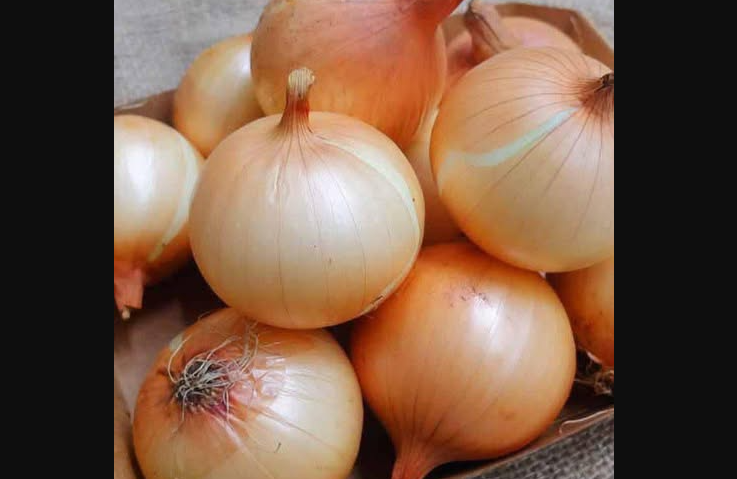Many people reach for eggs in the kitchen every single day without pausing to consider small details, yet one particular question continues to create lively discussions among home cooks: Should you wash eggs before preparing them for a meal? The truth reveals layers of fascinating science beneath this everyday decision.
Eggs arrive from the hen with a remarkable natural feature that most people never notice. A delicate, invisible coating known as the cuticle (sometimes called the bloom) covers the entire shell moments after the egg is laid. This microscopic layer serves as a highly efficient barrier, closing thousands of tiny pores and creating a powerful defense against unwanted bacteria.
Nature designed this protective film with impressive precision. The cuticle blocks harmful microorganisms from penetrating the shell while allowing the developing embryo (in a fertilized egg) to breathe properly. At the same time, it minimizes moisture loss, helping the egg stay fresh for weeks when stored at cool temperatures. Farmers and egg experts recognize this coating as one of the most elegant examples of built-in food safety found anywhere in nature.
When water touches an egg, especially warm or hot water with soap, the cuticle dissolves almost immediately. Once that shield disappears, the shell becomes porous again, and bacteria that may rest on the surface gain easier access to the interior. Countries that do not require commercial washing—much of Europe, for example—rely on this natural protection and keep eggs on regular grocery shelves instead of refrigerated cases.
Many households still prefer to rinse eggs before use, and that choice remains perfectly valid depending on local practices and sourcing. In places where producers wash and sanitize eggs at packing facilities (a common requirement in the United States and Canada), refrigeration becomes essential because the protective bloom has already been removed. Either system works well when followed correctly.
Cooking methods add another strong layer of protection regardless of washing habits. Boiling eggs in particular delivers thorough safety through heat. Temperatures above 160 °F (71 °C) rapidly eliminate surface bacteria, and the intact inner membrane beneath the shell prevents water from seeping inside during cooking. Poaching, frying, and baking all reach temperatures that neutralize potential pathogens as well.
Experienced chefs and food-safety specialists often recommend keeping the bloom intact whenever possible, especially with farm-fresh or backyard eggs. Collecting eggs daily, storing them pointed-end down in a cool spot, and using them within a reasonable timeframe allows the natural system to perform exactly as intended. This approach honors both tradition and biology.
Every egg represents a small masterpiece of natural engineering. From the moment it leaves the hen, it carries its own sophisticated packaging—breathable yet secure, fragile yet resilient. The next time you prepare breakfast, whisk a batter, or create a holiday dessert, take a quiet moment to appreciate how perfectly nature solved the problem of keeping one of humanity’s favorite foods safe long before refrigerators existed.
Understanding the role of the cuticle transforms a routine kitchen task into an opportunity to connect with ancient, time-tested wisdom. Eggs remind us that some of the best solutions come directly from the source, requiring nothing more than respect for the elegant design already in place.






